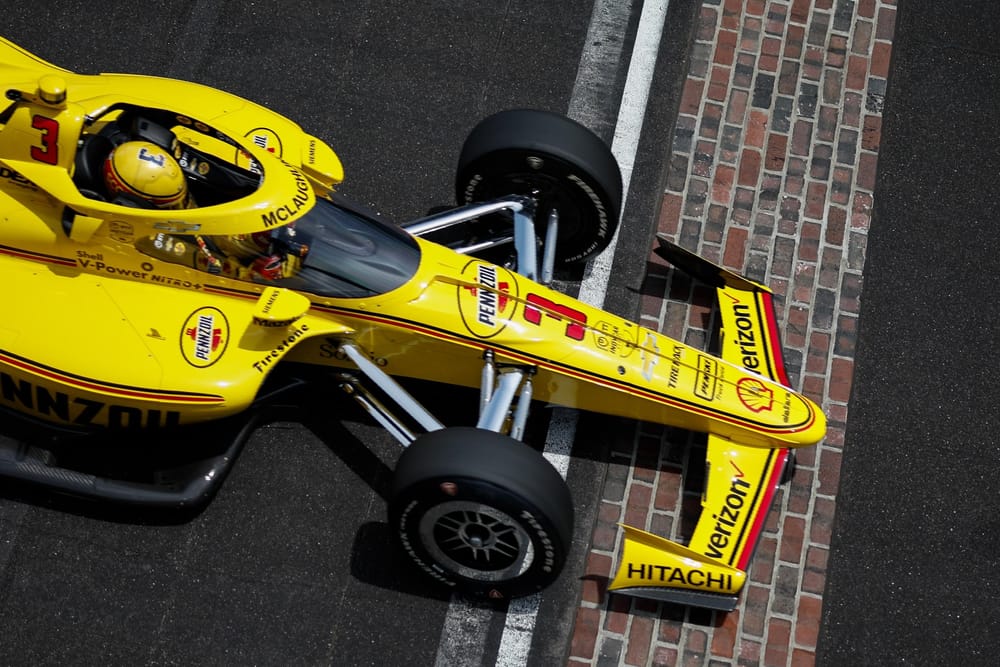I’ve got this image in my head of McLaren team boss Gavin Ward or AJ Foyt’s technical wizard Michael Cannon digging through a massive trash bin.
But they aren’t looking for a lost piece of jewellery or something similar. They’re looking for lost suspension pieces.
An incredible story has unfolded in recent years at the Indianapolis 500 whereby an old pushrod part in the suspension has actually been worth a huge gain - until it was outlawed this year.
How did this happen?
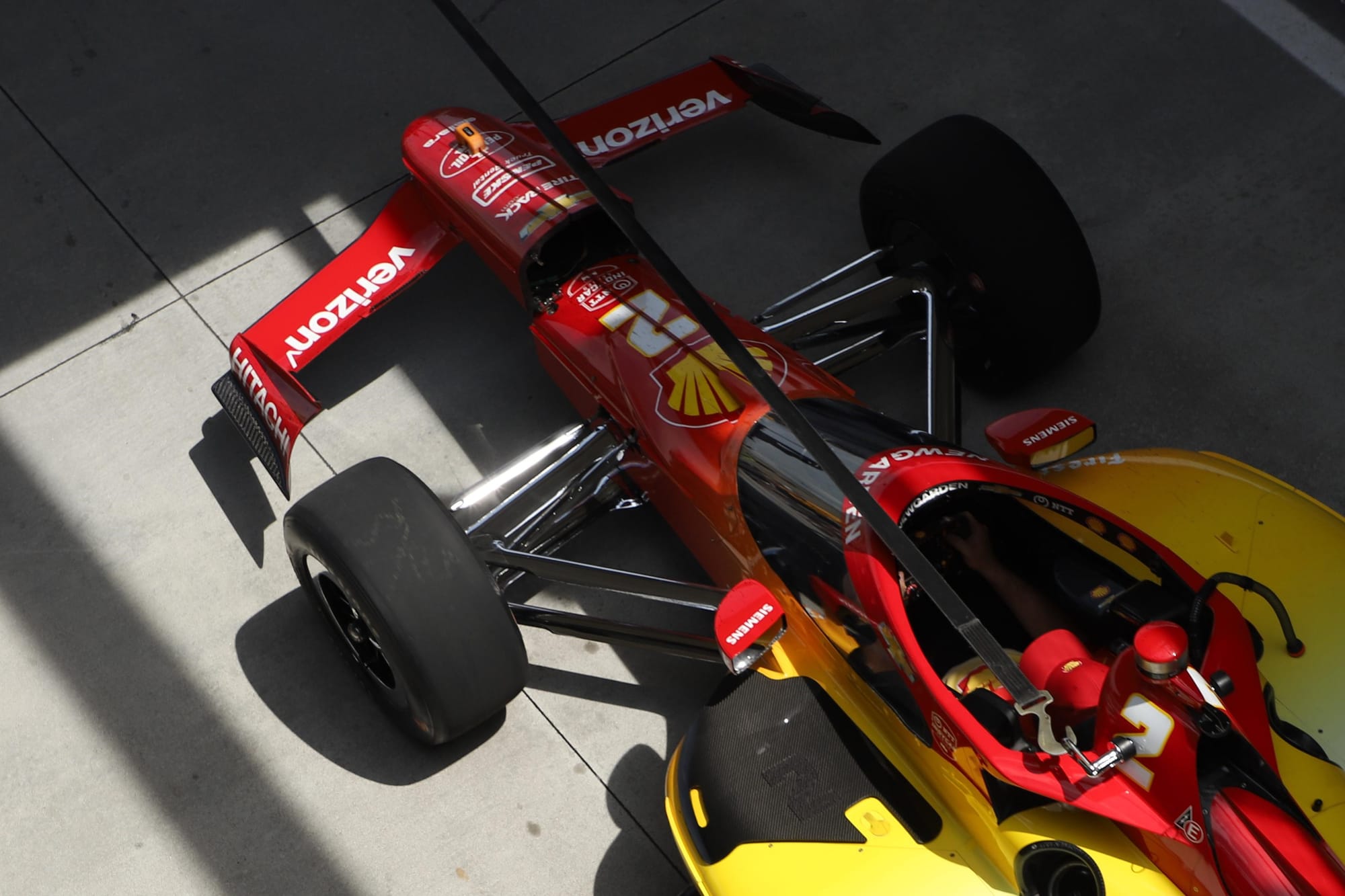
Dallara introduced a new pushrod part. Like in many of these parts situations, IndyCar allowed the older one to remain in use for cost-saving purposes.
Most teams blindly switched to the new one. New parts are usually lighter, better-designed or more reliable for obvious reasons.
Sources in the paddock indicate Ganassi was the first team to realise that - combined with the current aero package for the Indy 500 - the old pushrod was worth a good gain.
As Ganassi engineers and personnel moved to other teams over the years, word began to spread, to the point where Will Power suggested earlier this week that Penske was the only team in the Fast 12 last year not to be using this part.
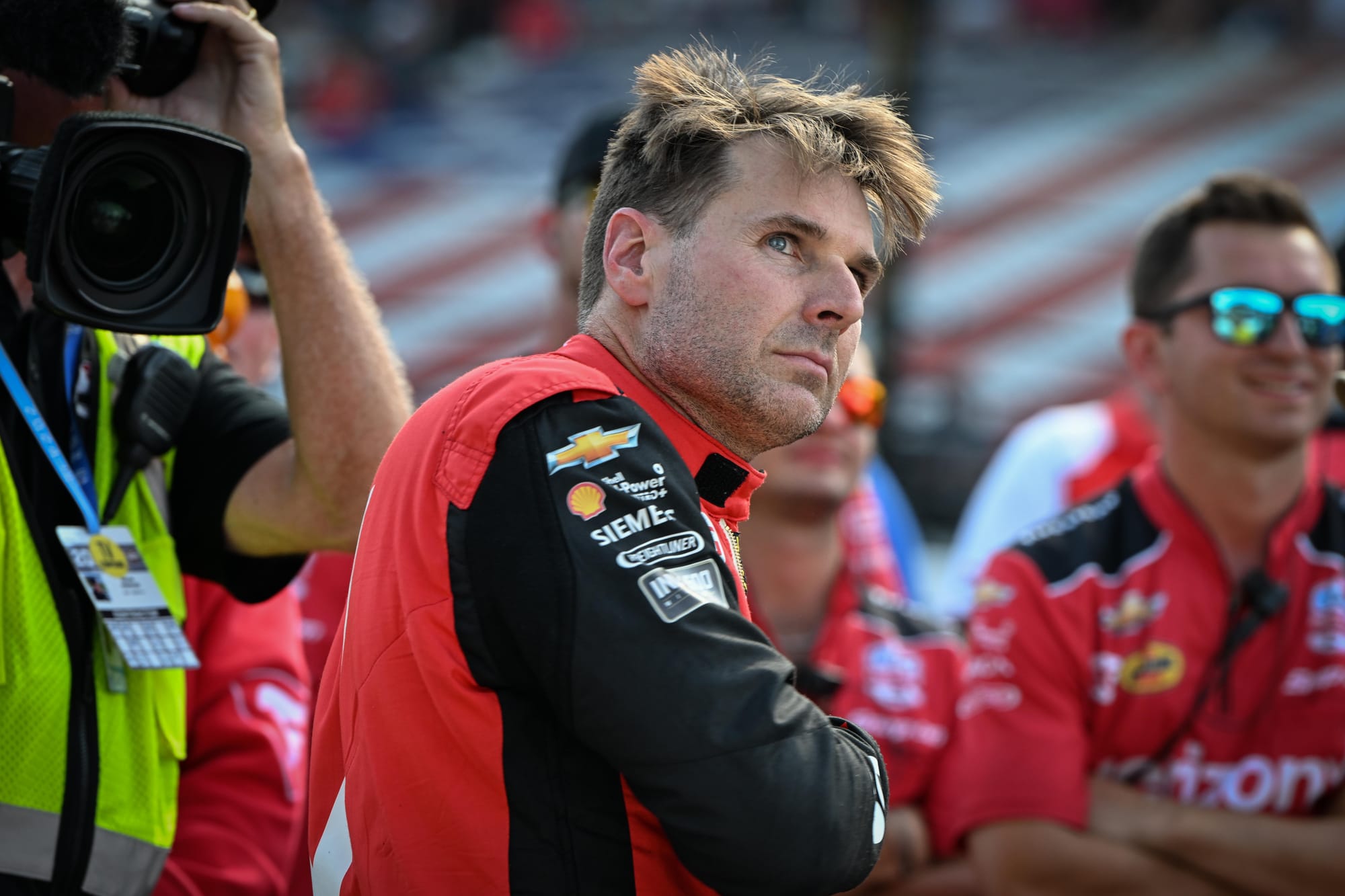
It was always on the clock, because Dallara had stopped manufacturing that spec, so it even led to the parts being ripped off show cars, and teams were digging through parts ‘trash’.
Hence the visions of IndyCar engineers and team bosses fighting over garbage to find one of these ‘golden’ pushrods.
Unfortunately for the beneficiaries, the pushrod has been banned for this year by IndyCar, partly for safety concerns on the grounds of quality control and so on.
It’s a fascinating tale that further proves, even though IndyCar is a spec-chassis series, there are still plenty of areas where people are pushing the boundaries. Especially when it comes to the Indy 500.
The fact Penske hadn’t been running these pushrods - and that now others can't either - explains in part Penske’s move towards the front when it had struggled so much in qualifying since the introduction of the aeroscreen in 2020.
The pushrods are, of course, not the sole reason.
If the car is lighter this year, why aren’t we seeing the majority of teams going much faster? Why is Honda appearing to be slower? Let’s have a look at some of the items impacting the speeds we’re seeing this year.
The hybrid (or lack of)
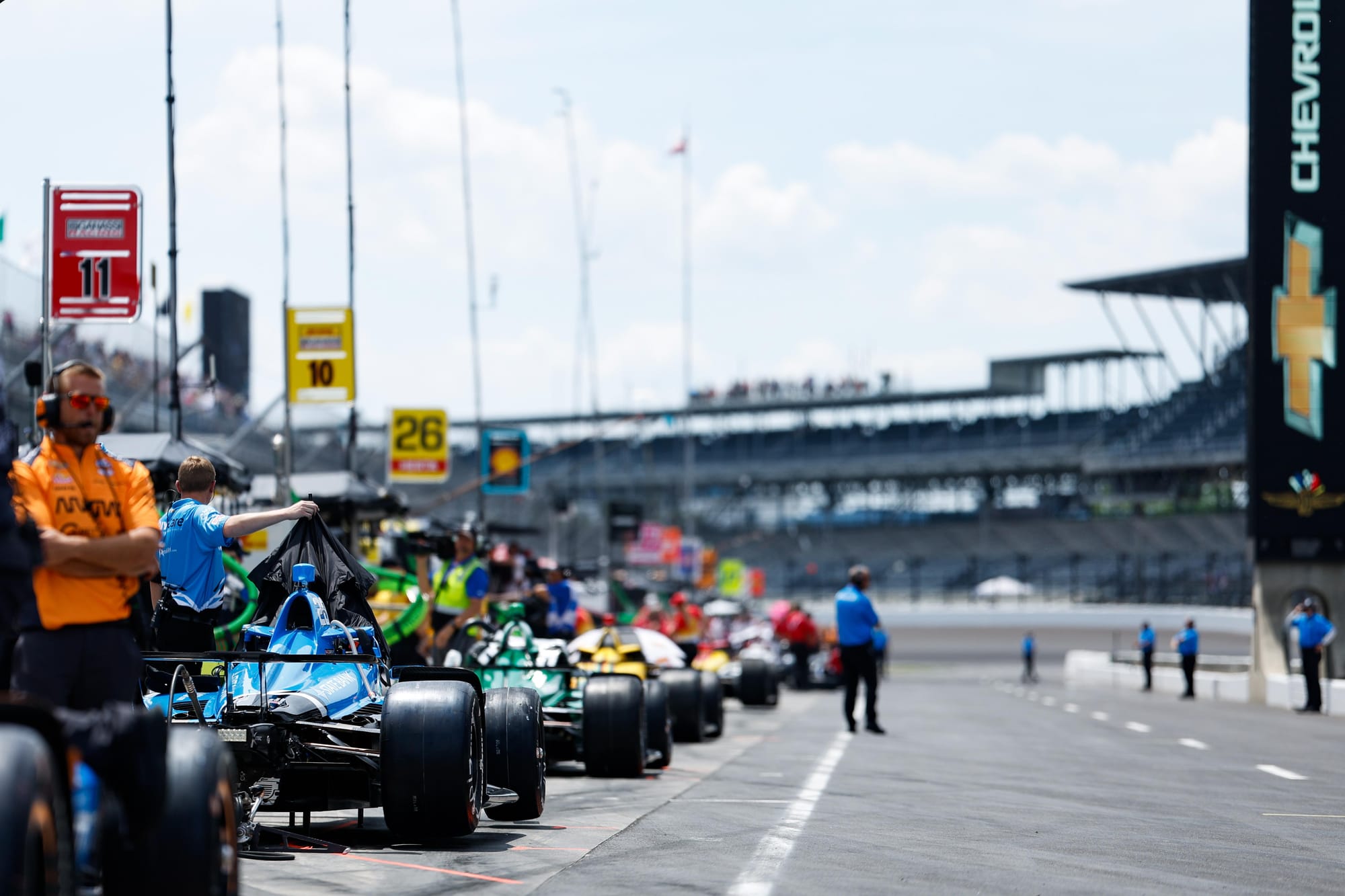
We haven’t got IndyCar’s new hybrid on the car, as it’s being introduced at Mid-Ohio in July. But make no mistake - the device is already impacting the Indy 500 this year.
The car already features a host of redesigned parts that have been introduced ready for the hybrid, and it’s impacted the packaging of the engines. This is not just affecting horsepower, but the weight distribution and aerodynamics of the car.
When you have drivers split by less than a tenth of a second over a run of 10 miles, you better believe this is an issue for the engine manufacturers, or at least has forced them to do things differently to last year.
It might be one of the reasons why the Honda-powered cars have struggled a bit more - because it’s not like they have less horsepower compared to last year.
And - this is one area where we have to speculate a bit because engine information will be kept secret by the manufacturers where possible - the fact is Honda and Chevrolet are working together to develop the new hybrid. You have to believe they have had to share some information about each other’s engines and how they are packaged.
That might explain part of Chevrolet’s gain - that it has been able to take some ideas from Honda. The Race will delve into this further in the paddock this week.
The tyre
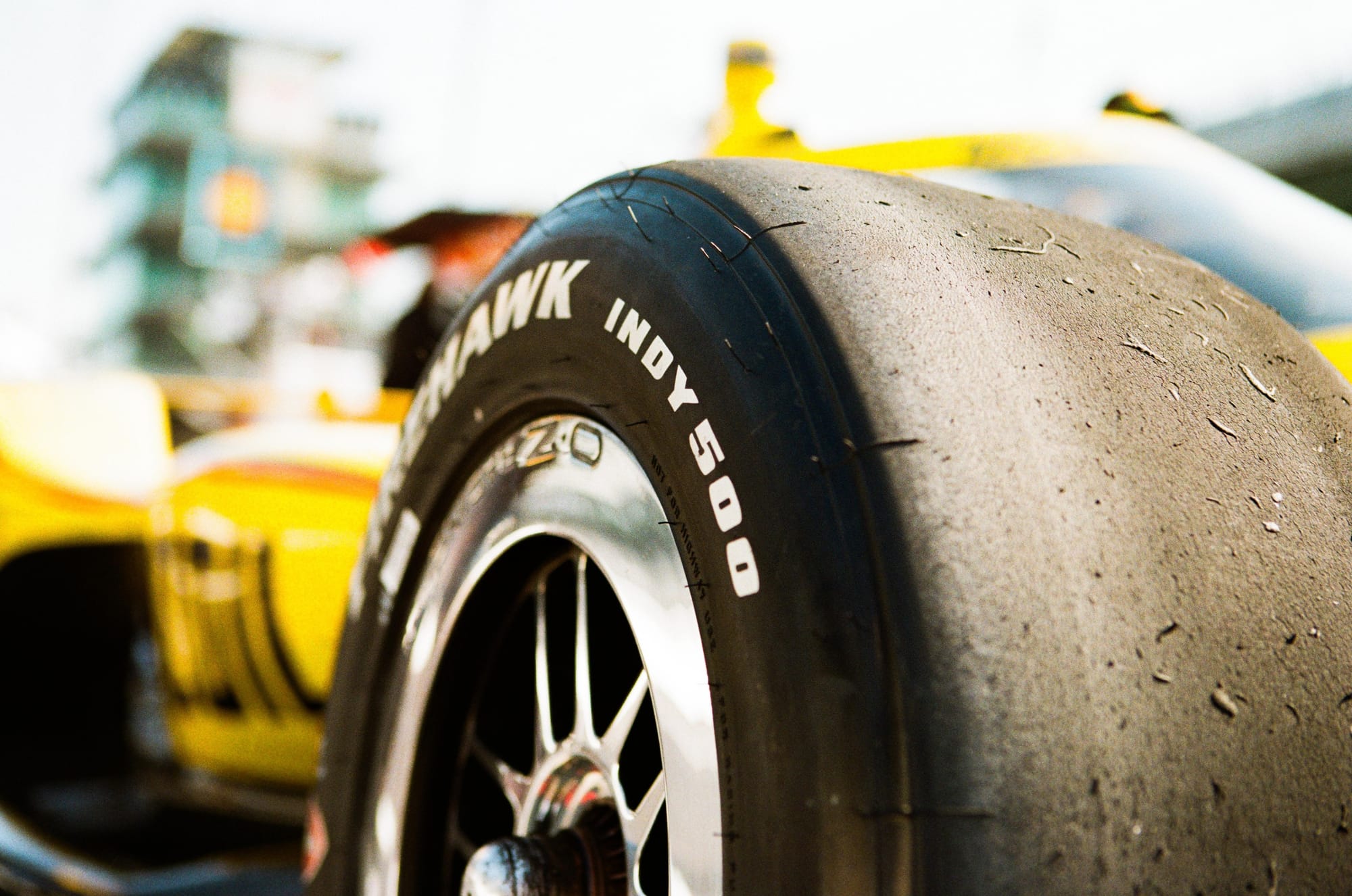
You can give an IndyCar 100bhp more if you want to - but if you don’t change the part of the car that touches the track, you might not get the benefit.
As we’ve seen generally this year, Firestone has favoured a harder compound for what should have been a heavier car with the hybrid coming on.
Indy is no different.
The harder tyre hasn’t impacted teams massively in terms of grip and, as with all tyre trade-offs, softer tyres allow more grip but degrade quicker, while harder tyres offer less grip but last longer, speaking very simply and generally.
There hasn’t been an enormous lack of grip with the harder tyre, but the left sides especially are harder and sometimes with a harder tyre you struggle to switch it on, which might be why we saw a fair few drivers going faster on lap two of a four-lap qualifying run.
Applying what we've learned
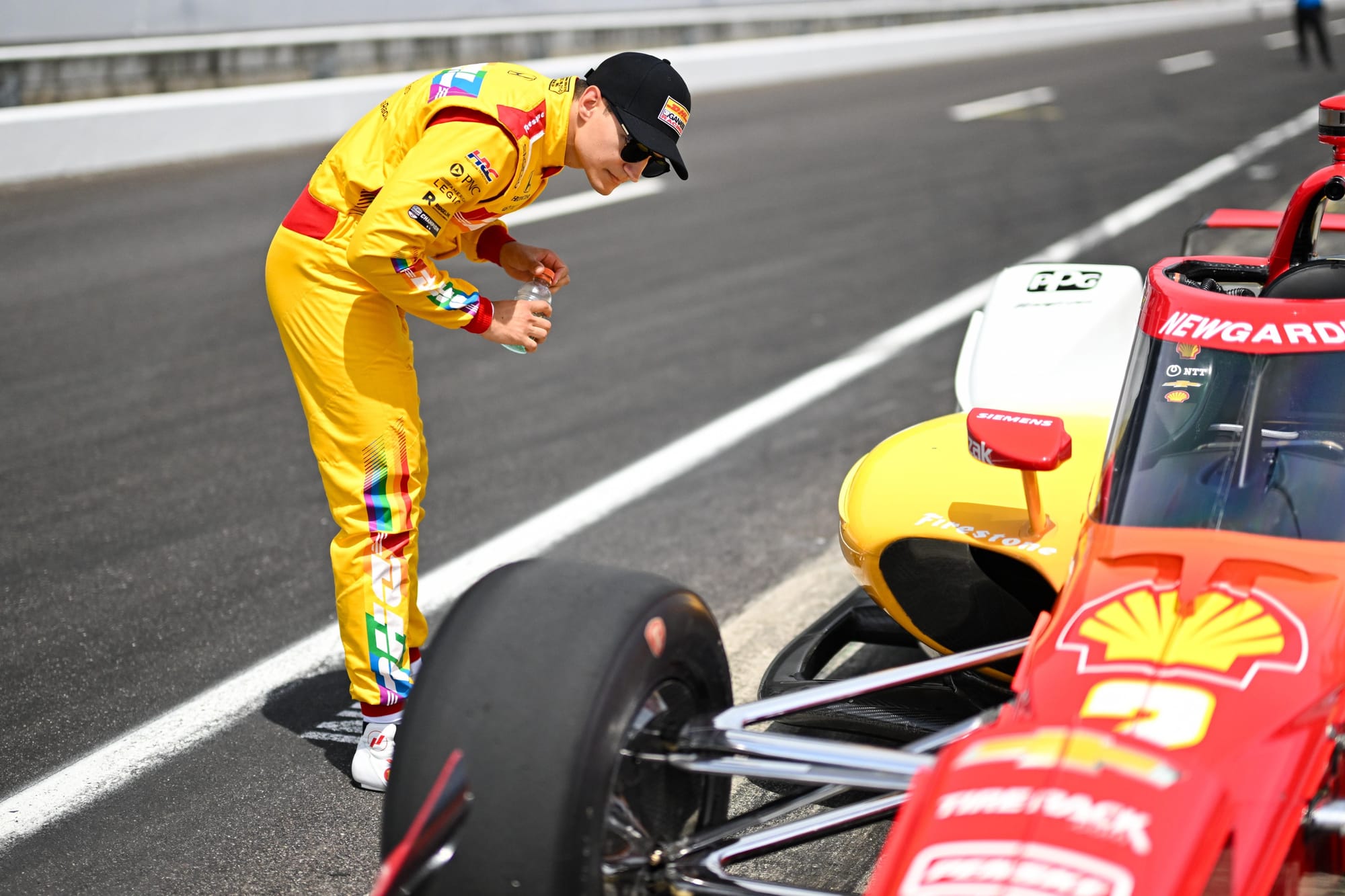
It’s clear that despite some of these deficiencies, Penske is going faster this year. It’s clearly found some gains that other teams haven’t in being able to buck the trend and go quicker.
Let’s have a look at some other teams’ fastest drivers from 2023 to 2024 in qualifying.
Ganassi
2023 Palou 234.217mph
2024 Palou 232.306mph
Difference: 1.911mph
Ed Carpenter
2023 VeeKay 234.211mph
2024 VeeKay 232.610mph
Difference: 1.601mph
Arrow McLaren
2023 Rosenqvist 234.114mph
2024 Rossi 233.090mph
Difference: 1.024mph
AJ Foyt
2023 Ferrucci 233.661mph
2024 Ferrucci 232.692mph
Difference: 0.969mph
If we look at last year’s fastest teams and compare to this year, we have two very good examples, and two not so good.
Alex Palou obviously took pole last year but failed to make the Fast 12 this year, had an engine change in the lead-up to qualifying, and got just one run on the Saturday. So the conditions and adversity don’t make him a great comparison, although Ganassi was clearly slower.
Rinus VeeKay is also a poor example as he made the Fast 12 at the last moment after he’d crashed early on Saturday, so his car wasn’t the perfectly-fettled missile it had been the year before and preparation was compromised.
The two good examples we have are McLaren and Foyt, and they are both almost exactly 1mph slower. That 0.5-1mph slower range is a good estimate for what the tyre, engine packaging and lack of old pushrods has done to these teams.
Just 1mph more would have put Rossi second on the grid instead of fourth, so that not only shows you how much these factors have cost some teams, but also how much time Penske has found.
Power was that team's best qualifier in 2023 in 12th with a 232.635mph. Yet Scott McLaughlin broke the four-lap pole record this year with a 234.220mph.

